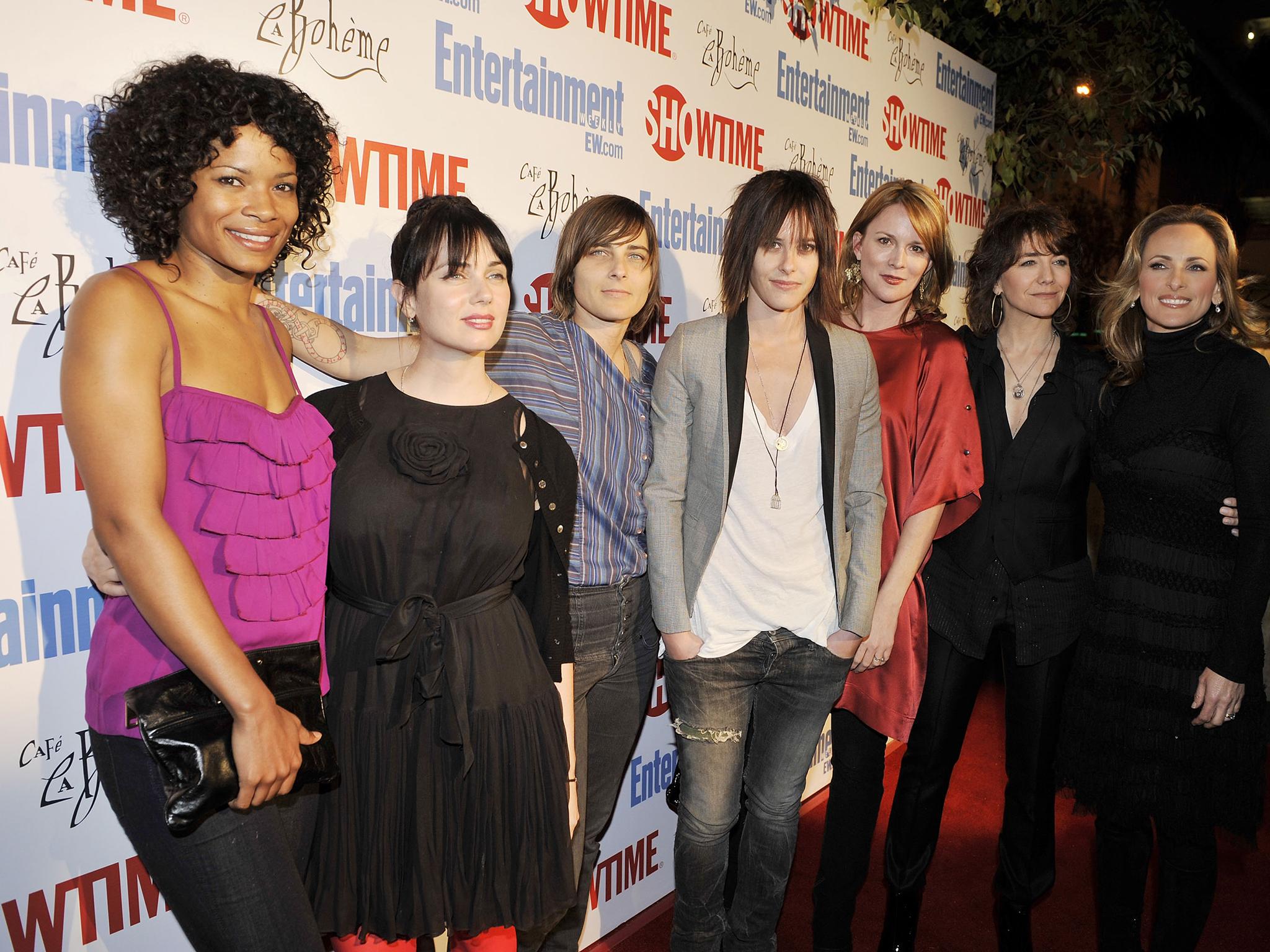‘The L Word’ is back – but the world is a very different place for queer people now
The show’s breakthrough trans character did a lot to progress representation on television, but at points I was unsure whether the other characters’ transphobic jibes were meant to be a critique of society’s transphobia, or complicit in it


Like so many other young women and gender non-binary people, I am hooked on The L Word a generation after it aired. The show – trashy, outdated and in many ways problematic – got many things right. It was the first ever show about queer women to be aired on a popular TV channel, and because of this it tackled issues that just weren’t being talked about on other shows. From gay families, to trans rights and drag kinging – The L Word explored queer people’s experiences in a way that had never been done before. It featured TV’s first regularly occurring trans character, a deaf lesbian and an interracial lesbian couple.
Despite all this, I cringed when I first started watching the show. Not because of the bordering on bizarre storylines or dated wardrobe choices (think skimpy 90s halters and flares). No, I winced because in many ways the show clashed with my millennial feminism – from its badly developed trans character, to its underrepresentation of people of colour and its questionable exploration of Jenny’s mental health. The L Word is problematic in so many ways.
Now that a new season is in the pipeline, I have a wish list for what a more intersectional L Word should look like.
First, before I get into the gritty stuff – get a new theme tune. I can’t handle it. Ok, now that is off my chest, if the show needs to talk about mental health and abuse and not just use it as a narrative device. In season two and three there was a sub-plot around Jenny Schecter’s mental health, which alluded to childhood sexual abuse and saw her self-harming and then sanctioned. It’s really important that we talk about mental health, especially considering there are such high rates of mental illness, self harm and suicide in the LGBTQ+ community. However, I felt like The L Word used Jenny’s mental health as a “shock factor” to increase the show’s controversy, and it was never touched upon again after season 3 when she returns from the hospital. If the writers chose to address mental health again – and I hope they do – I’m eager to see a more nuanced and sensitive approach, and one that supports and empowers survivors.
Secondly, the show could also do with ditch the mostly-white cast. Considering the original show was set in LA, which was populated by 70 per cent people of colour at the time, the show did a terrible job at putting together a racially reflective cast. The first season was made up of almost entirely white characters, whilst the entrance of Carmen and Papi, and later Tasha, did little to redress the race imbalance. Moreover, Carmen and Papi – the shows only Latinx characters – were both played by women who weren’t even Latinx themselves, despite LA having a 47.5 per cent Hispanic or Latino population at the time of shooting. LGBTQ+ people of colour face a unique set of discrimination in the US today, and I hope the new season brings in more people of colour, and looks at that intersection between sexuality, gender identity and race.
The show also needs to address class issues that LGBTQ+ people face. Perhaps linked to the above point, the show was very much focused on “glamorous” middle class lesbians who worked as art curators and radio personalities and had swimming pools in their back gardens. Even Shane, who was a hairdresser and supposedly had less money than the rest of the cast, somehow ended up living in a massive two bedroom house on the same road as Bette and Tina. This upper middle class of lesbians definitely would have been – and still is – mostly white, so the show did depict that correctly. However LGBTQ+ people cross all sections of society, are actually more likely to be living in poverty or homeless than straight, cis people. In The L Word’s comeback, I’d love to see lesbians from all classes represented, not just the few who are rich enough to own coffee shops and buy movie production companies.
The show’s breakthrough trans character, Max Sweeney, did a lot to progress trans representation on television, but in many ways his storyline was problematic. At points I was unsure whether the other characters’ transphobic jibes were meant to be a critique of society’s transphobia, or complicit in it. His transition was brought up a few times, but then dropped, as if the show couldn’t really be bothered to get into the details. And he was played by Daniela Sea, who, although gender-fluid herself, is not a trans man – therefore contributing to the erasure of trans actors in trans roles. While we’re on gender identity and expression – I’d like to point out that the few gender variant characters – including Ivan and Sunset Boulevard – had minor roles and subplots, and the show didn’t even have a recurring butch lesbian as part of the cast until Tasha came along. The LGBTQ+ community is far more fluid in its gender identity and expression than the show made out, and I’d like to see gender variant characters as main characters in the new season, rather than hinted at in sub-plots.
I know this may seem like a lot to ask for, but if the show wants to keep millenials like me on board, it is going to have to change with the time.
Join our commenting forum
Join thought-provoking conversations, follow other Independent readers and see their replies
Comments
Bookmark popover
Removed from bookmarks